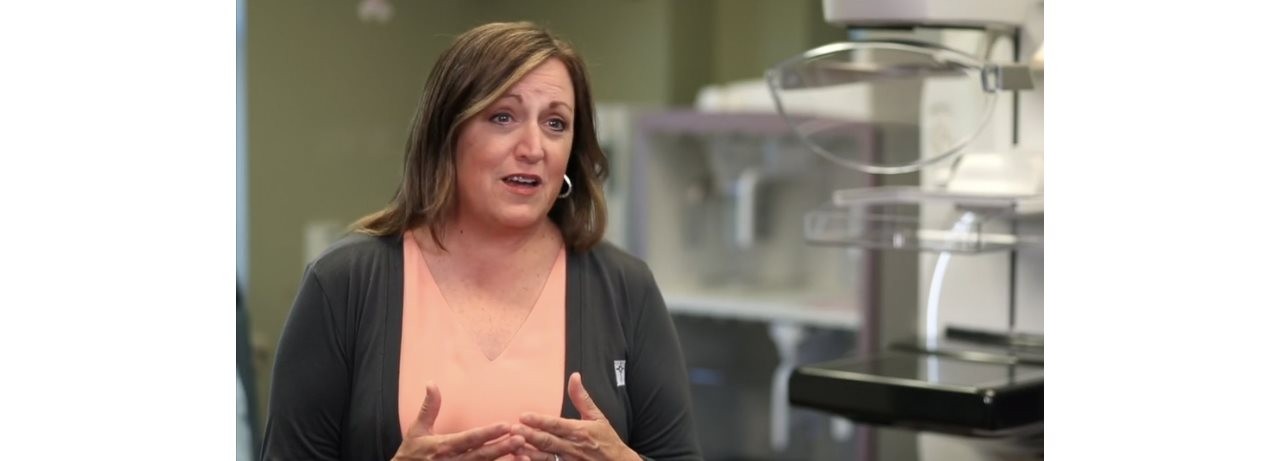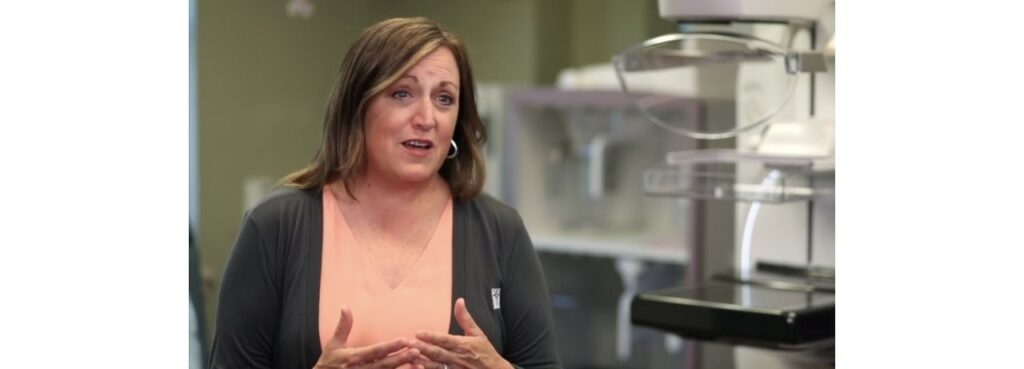(BPT) - Have you scheduled your mammogram? If you're a woman over 40 and haven't had a mammogram before or are putting off your next one, this is your friendly reminder to schedule it now. Doing so can give you important health information and potentially save your life.
Regular mammograms are the best way to find breast cancer early when it is most treatable. While diagnosis can be scary, catching breast cancer in its earliest, localized stages increases a patient's 5-year relative survival rate to 99%.
Another benefit of mammograms you may not know about is that they can show if you have dense breast tissue. While dense breast tissue is common, it puts women at a higher risk of developing breast cancer.

'Mammograms remain the gold standard for detecting breast cancer,' said Michele Brands, MD, Network Director of Women's Imaging at St Luke's University Health Network. 'But the reality is that dense breast tissue and cancer appear white on mammograms, so the dense tissue can hide the cancer.'
After years of varying policies across the United States, the U.S. Food and Drug Administration (FDA) recently announced a new nationwide reporting standard for breast density notification. As of September 10, 2024 all patients must be informed about their breast density.
With this knowledge, women can then ask their doctors about supplemental imaging options that could make a big difference in early detection of breast cancer.
Your breast health toolbox
Traditional 2D mammograms have a reputation for being uncomfortable and anxiety-producing. However, advancements like GE HealthCare's Senographe Pristina with Dueta make the screening less scary and put women in the driver's seat of their mammogram.
Should a mammogram reveal you have dense breast tissue, you may need more detailed 3D imaging screenings, like an automated breast ultrasound, which is specifically designed for detecting cancer in dense breast tissue, or magnetic resonance imaging (MRI). When results remain inconclusive, another tool that may be recommended is contrast-enhanced mammography (CEM) which uses an injected dye to examine breast tissue and flag abnormalities with high levels of sensitivity and specificity.
These screening tools have been invaluable to Dr. Brands and her team at St. Luke's One-Stop Clinic for Breast.
'Utilizing these tools has been amazing and it's really helped us with the One-Stop Breast Clinic to create this rapid diagnostic approach for women and bring them through the process as quickly as possible,' said Brands. 'One woman may have dense breast tissue, and another may not. The presence of dense tissue is going to inform the process and help you get very personalized care.'
Personalized breast care is critical. Take advantage of the different tools available to get the answers clinicians and their patients deserve. To learn more, visit GEHealthCare.com.

